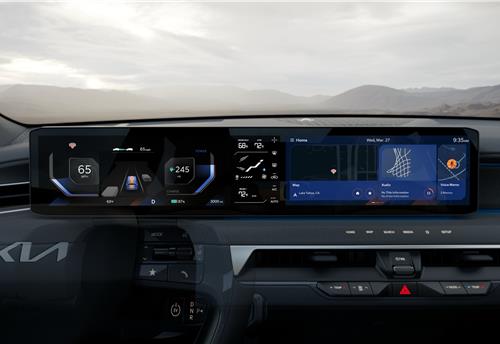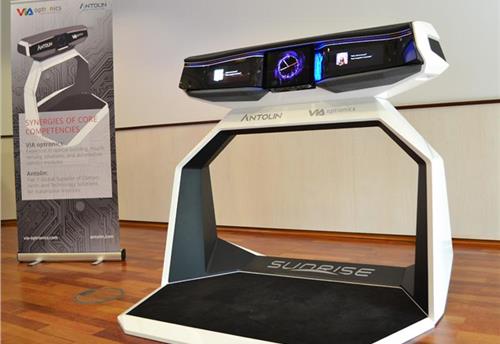1000bhp Mercedes-AMG Project One hypercar fully shown
F1-based powertrain to propel two-seater to 124mph in 6.0sec and beyond 218mph.
Mercedes-Benz’s AMG performance car division has joined the exclusive ranks of high-end hypercar manufacturers with the unveiling of a spectacular new 992bhp-plus coupé known under the working title Project One.
The advanced new model has been conceived to provide a direct link between the German car maker’s Formula 1 racing activities and its road car division. It is powered by a heavily reworked version of the turbocharged 1.6-litre V6 petrol engine and electric motor set-up used by the W08 race car, as driven by Lewis Hamilton and Valtteri Bottas.
The car was launched at a Mercedes event the night before the Frankfurt motor show, where it was driven onto stage by three-time Formula 1 world champion Lewis Hamilton. Speaking about the electrified car at the event, Mercedes chairman Dieter Zetsche said: "This vehicle will make all the performance cars at Mercedes and AMG look small. In 40 years I have never witnessed as much hype at Mercedes as there was with this car. After we showed the silhouette at Paris we had calls the next day to buy them.
"AMG's future does not depend on petrol, but on hybridisation and electrification too. This car gives an outlook for the future of AMG. Our task is not just to reinvent the automobile but to redefine mobility."
Hamilton added: "No-one's really done this [making a race car for the road] until now."
Performance figures quoted by Mercedes-AMG put the carbonfibre-bodied Project One’s 0-124mph time at 6.0sec and its top speed at more than 218mph. However, Mercedes-AMG boss Tobias Moers says final certification has yet to be carried out on the new coupé because there is still a further 18 months of development before the first customer cars are due to arrive.

“The hypercar is the most ambitious project we have ever undertaken,” Moers told Autocar. “It represents a highlight in the strategic development of Mercedes- AMG. We call it a concept, because obviously we don’t have any certified data for things such as emissions and so on [at the moment]. The finished car will be pretty similar.”
The new coupé features an electrically powered front axle that provides it with four-wheel drive in its more performance- oriented driving modes.
A sizeable lithium ion battery mounted low within its carbonfibre body structure is intended to provide the sleek two-seater with a claimed electric range of up to 16 miles in front-wheel-drive E-mode. This will allow the hypercar to perform short journeys at a limited speed with zero emissions by negating the need to engage the petrol engine.

Recharging the battery is performed both on the run using kinetic energy created under braking and coasting and by plug-in means via an 800V electric architecture.
The Project One was revealed in concept car guise at a media reception on the eve of the Frankfurt motor show. The production version will be made in a limited run of just 275 examples. The first car is scheduled to be delivered during the second quarter of 2019, according to Moers.
Despite the car’s price of €2.27 million (£2.08m at current exchange rates) and plans for left-hand drive only, the order book for the most extreme Mercedes-AMG model yet is claimed to be fully subscribed.

Engineering for the hypercar is being carried out in a joint programme between AMG in Affalterbach, Germany, its High Performance Powertrain sister company located in Brixworth and the F1 team in Brackley.
“It elevates the standard for what is technically possible to a whole new level with a combination of performance and efficiency that is the absolute benchmark,” said Moers.
Having already revealed the car’s driveline and chassis at the Nürburgring 24-hour race in April, AMG has now confirmed that the first in a series of running prototypes of the Project One has hit the road in testing.

The styling of the Project One has been heavily influenced by the cooling requirements of its F1-sourced driveline and aerodynamic needs. It is based on a carbonfibre monocoque structure and every air intake and panel has been designed to maximise the throughput of air and the generation of downforce. A large wing deploys from the very rear of the bodywork at a set speed to enhance downforce.
Inside, the Project One provides seating for two in what Moers described as a “highly functional” interior that borrows various features from the snug cockpit of the W08 race car. Included is a digital instrument display. There’s also a newly developed steering wheel with LED lights signalling the engine revs together with controls for the individual drive modes and suspension settings. A digital display takes the place of the interior mirror, providing real- time video of the rear view via a so-called MirrorCam function.
At the heart of the Project One is a compact, mid/rear- mounted, turbocharged 1.6-litre V6 petrol engine sourced from Mercedes-AMG’s W08 F1 car but tuned for everyday use. Developed at Mercedes-Benz’s High Performance Powertrain division in Brixworth, it is backed by four electric motors.

One motor is used to drive the turbocharger. A further, larger motor is integrated directly into the driveshaft at the rear in a layout similar to the MGU-K (motor generator unit — kinetic) used in the current generation of F1 cars. The remaining two motors sit within the front axle, providing drive to the front wheels.
The four-valve-per-cylinder combustion engine sets new series-production standards with an ignition cut-out set some 2000rpm higher than any existing road car’s, at 11,000rpm. The front electric motors are also claimed to spin some 30,000rpm higher than those of any current road car, at 50,000rpm.
In an attempt to provide the new AMG model with the rabid throttle response typical of an F1 car, the Project One’s electrically driven turbocharger adopts a similar operating procedure as the MGU-H (motor generator unit — heat) used within the driveline of the W08 F1 car. It is claimed to reach 100,000rpm on wide- open throttle loads.

The MGU-K converts mechanical and heat energy into electrical energy that can be stored for later deployment and the MGU-H takes heat from the exhaust and uses it to create electrical energy.
The V6 petrol engine is claimed to produce more than 858bhp and the driveshaft- mounted electric motor contributes a further 161bhp to the rear wheels. Up front, the two electric motors deliver a combined 322bhp. The purely electric-driven front axle features a similar torque vectoring function to that developed by AMG for the earlier SLS Electric Drive.
The petrol engine and electric motors deliver a combined output of more than 992bhp. Drive is channelled to the rear via a newly developed hydraulically operated eight-speed automated gearbox with remote steering- wheel-mounted shift paddles. It offers the choice of either automatic or manual modes.
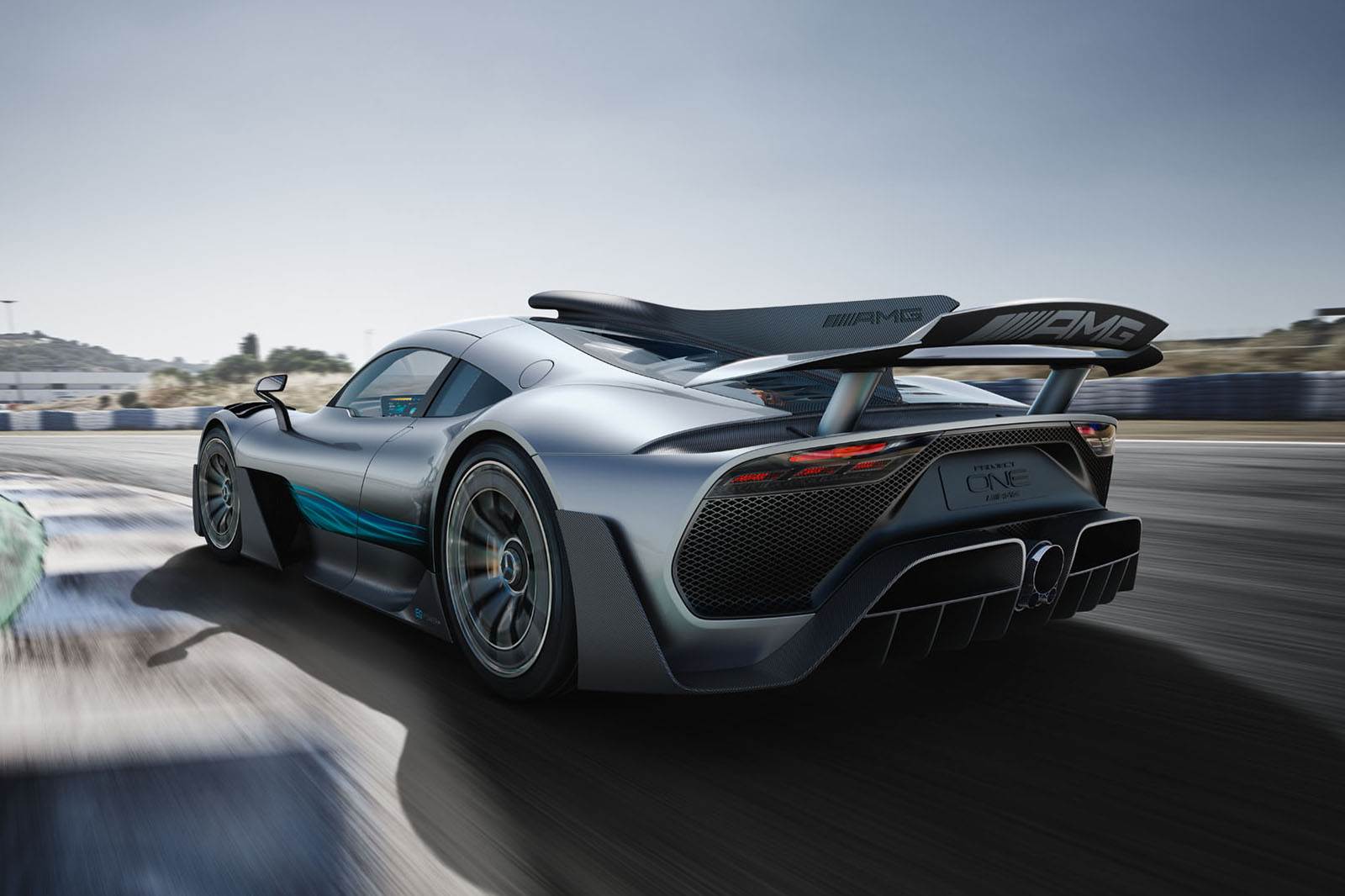
All up, the petrol engine, electric motors and gearbox are claimed to weigh 520kg. No official kerb weight for the car has been revealed but Moers said rumours suggesting it would hit the scales at close to 1000kg are premature.
Underpinning the new hypercar is a race-grade chassis with an adjustable multi-link set-up with pushrods both front and rear — the latter attached directly to the engine block. It is allied to standard 19in front and 20in rear centre- lock alloy wheels shod with 285/35-profile tyres up front and 335/30s at the back.

As with current AMG models, the Project One receives a switchable ESP stability control system offering three distinct modes: ESP On, ESP Sport Handling Mode and ESP Off. Braking is via standard carbon- ceramic discs supported by what AMG describes as specially developed calipers. Moers is confident owners will find it easy to enjoy driving the hypercar, contending that you won’t have to be a superstar driver to handle its prodigious reserves or lightning acceleration.
“You open the door, hit the start button and drive. Easy,” he said. “We have the most modern technology. The GT R is very innovative regarding ESP functionalities. The hypercar is going to have the next level. Controlling two individual motors on the front axle: we know how that works. We initially developed it with the SLS Electric Drive. Everything about torque vectoring: we know what we can do.”
RELATED ARTICLES
Marelli Talbros Chassis Systems wins Rs 1,000 crore business from European OEM
The order, to be executed over an eight-year period, is for the supply suspension arms tailored for both conventional in...
Kia launches customised NBA display themes for North American market
Display Themes is a customised service that supports a personalised vehicle experience, allowing users to customise the ...
Antolin and VIA Optronics unveil versatile vehicle cockpit concept
The Sunrise vehicle concept cockpit, which is engineered for seamless transitions between manual and autonomous driving ...





 12 Sep 2017
12 Sep 2017
 8233 Views
8233 Views



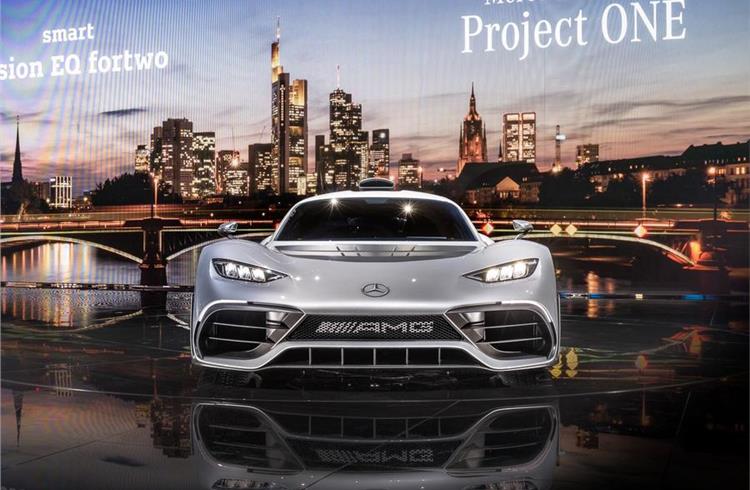


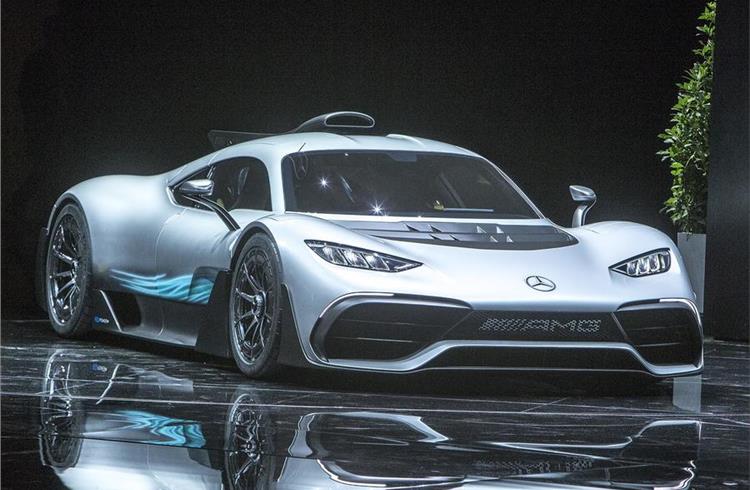
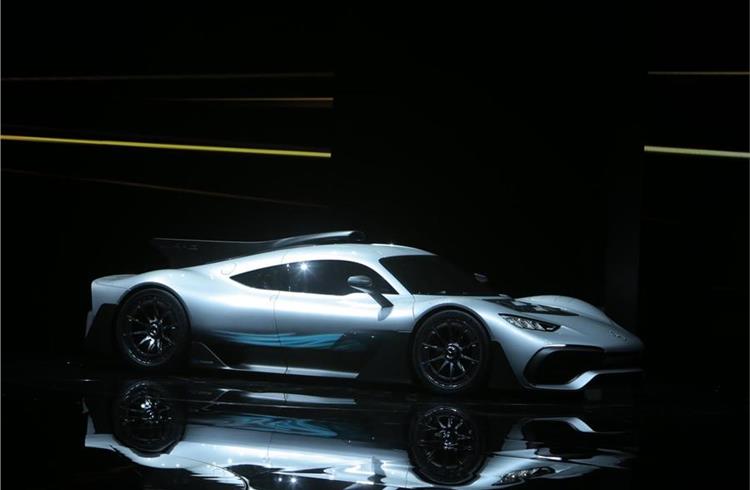
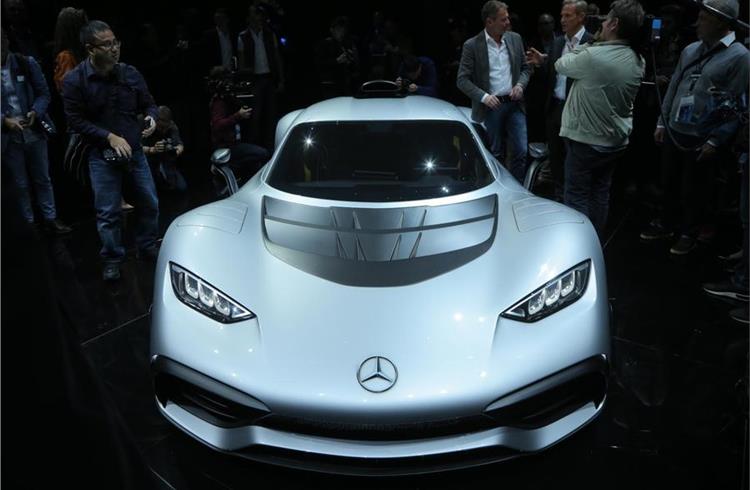

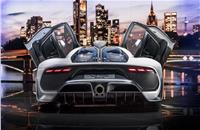
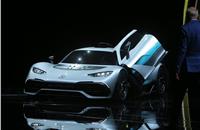
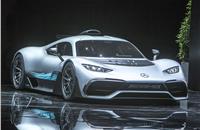
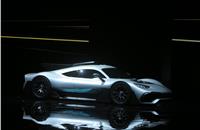
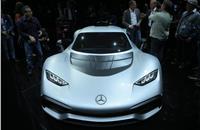

 Autocar Pro News Desk
Autocar Pro News Desk

